Google Translate will tell you these mysterious gardens are the ‘fishing walls’ of Paris. Do not believe Google Translate, though arguably, being 600km of nearly 3m-high ‘peach walls’ in Montreuil, at the eastern edge of the city, they were once only marginally less surreal.

What they are now, is a joyous outdoor shrine to the power of community, art, determination – and guerrilla gardening.

Back in the 16th century, peaches were a high-class delicacy, enjoyed only by kings, queens and the aristocracy. While they grew well enough in northern European climates, the fruit just didn’t ripen and occasionally never even set. Peach blossoms early and any sharp frost will literally nip such tender flowers in the bud.
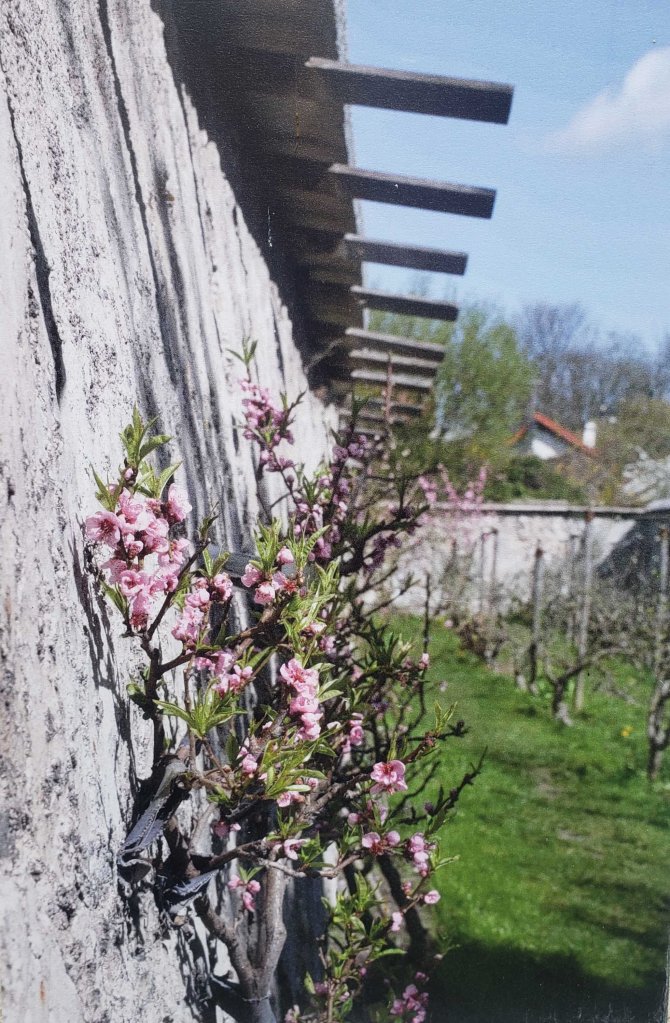
The market gardeners of Montreuil saw an opening here. They developed a system of labyrinthine walls, cunningly angled to catch the most sun, coated them in white plaster of Paris and allowed them to both protect the trees they planted, espalier-style and act as a storage heater to ripen the fruits overnight.


Image: Sandra Lawrence
The materials were cheap – or even free – rock and plaster quarried out of another part of the town, hand built by locals in land that was also cheap.
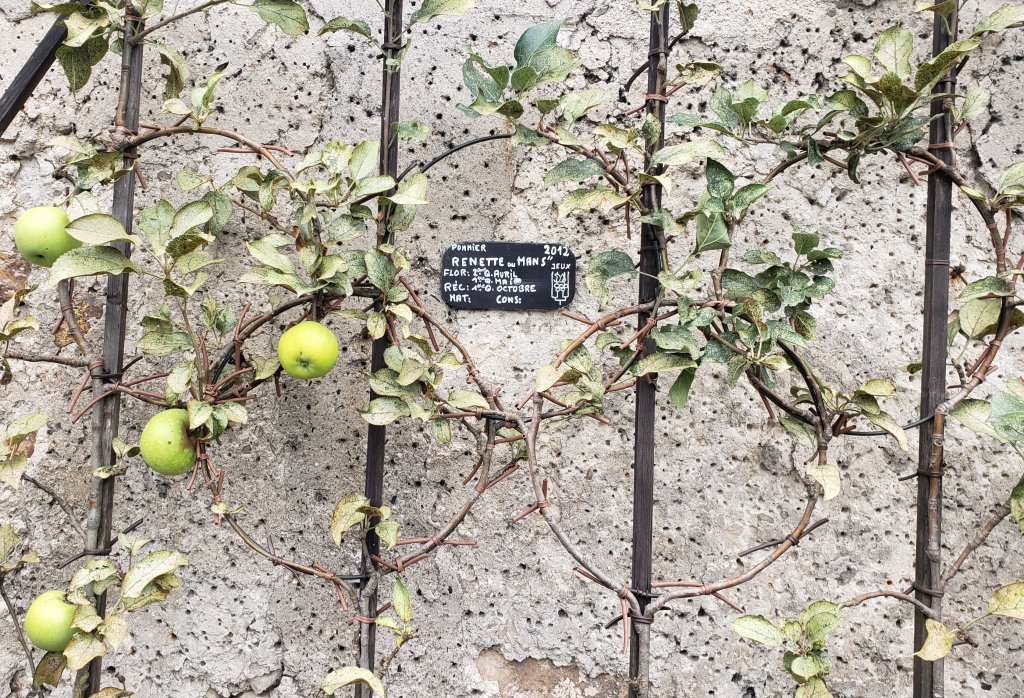
Each wall had a little ‘hat’ – small roof – to protect it, and as the techniques evolved, local peach varieties were developed for the cool northern temperatures, and special espalier styles created to regulate the different speeds of branches as they were pruned – shorter leaders for the top, longer for the bottom, so that each branch would support the most fruit without snapping.

The most popular style was ‘a la diable’ – literally ‘like the devil’ because the shape resembled devils’ horns.
The branches were nailed to the walls using little strips of rag, a technique called ‘loque’ that was eventually adopted across the country houses of Europe.
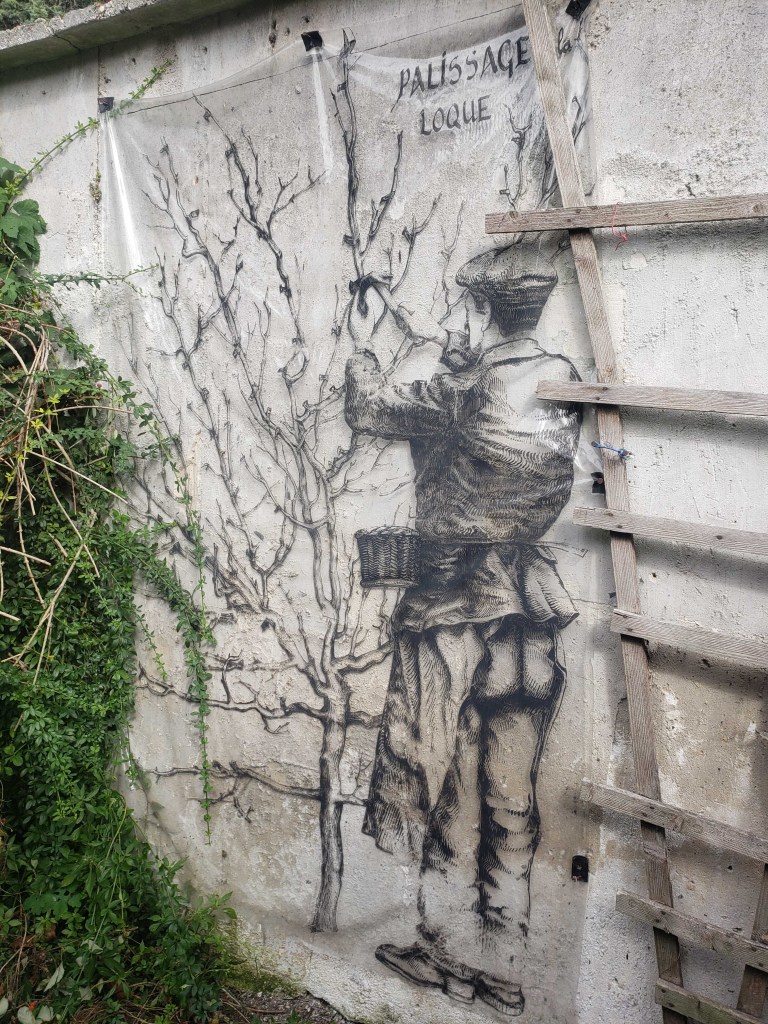
Montreuil peaches were the toast of Europe, enjoyed by the courts of London, St Petersburg and, of course Versailles. The rest of the plot didn’t go to waste; the other, ‘cold’ side of the walls supported fruits and vegetables that didn’t need so much heat or sun, such as raspberries, while the middle of the plot might either take low-espaliered apples or peaches for preserving; the sharp winds blasting off their fluff for a different texture.
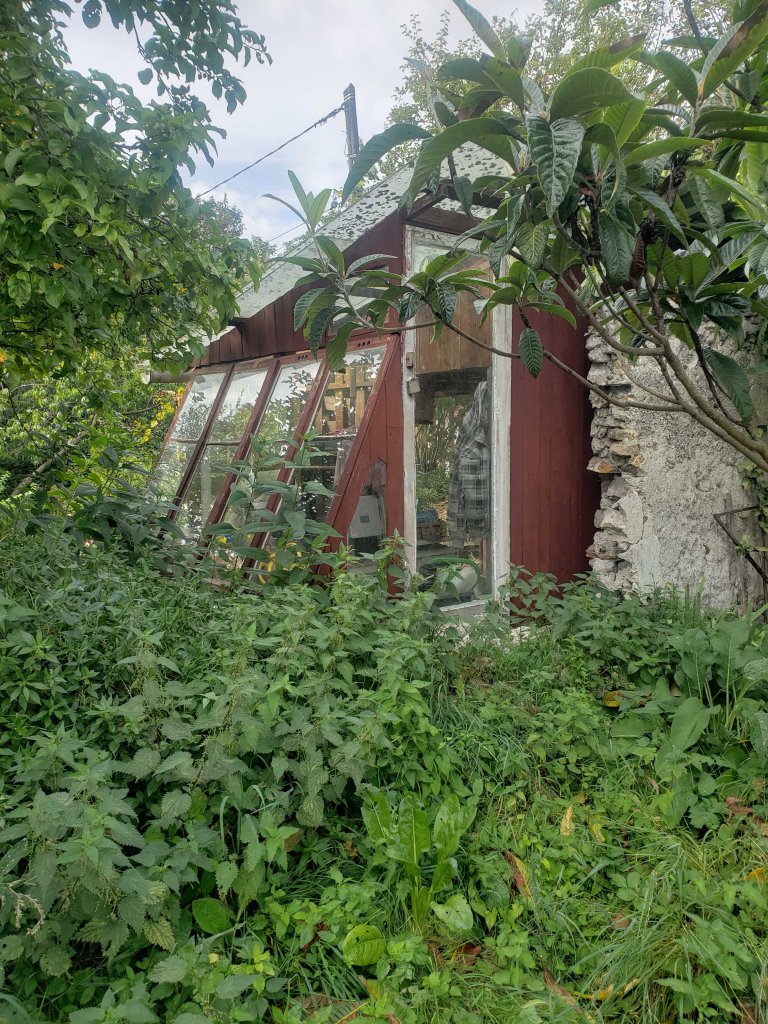
The peach walls continued throughout the Revolution, welcoming their first influx of immigrants after the vineyards of Bourgogne were decimated and workers used to vinework added their skills to the Murs à Pêches. People from ‘outside’ Montreuil have embellished the gardens ever since.

The Peach Walls reached their zenith in the 19th century when, in 1825 a staggering 15m peaches were harvested from 600km of walls ranging across the entire town. Postcards from the day show a minotaur-worthy maze that was the toast of Paris. Peaches were even known as ‘Montreuils’ in les Halles, and authors such as Zola waxed lyrical about the fruits having skin like the local girls. Hmm.
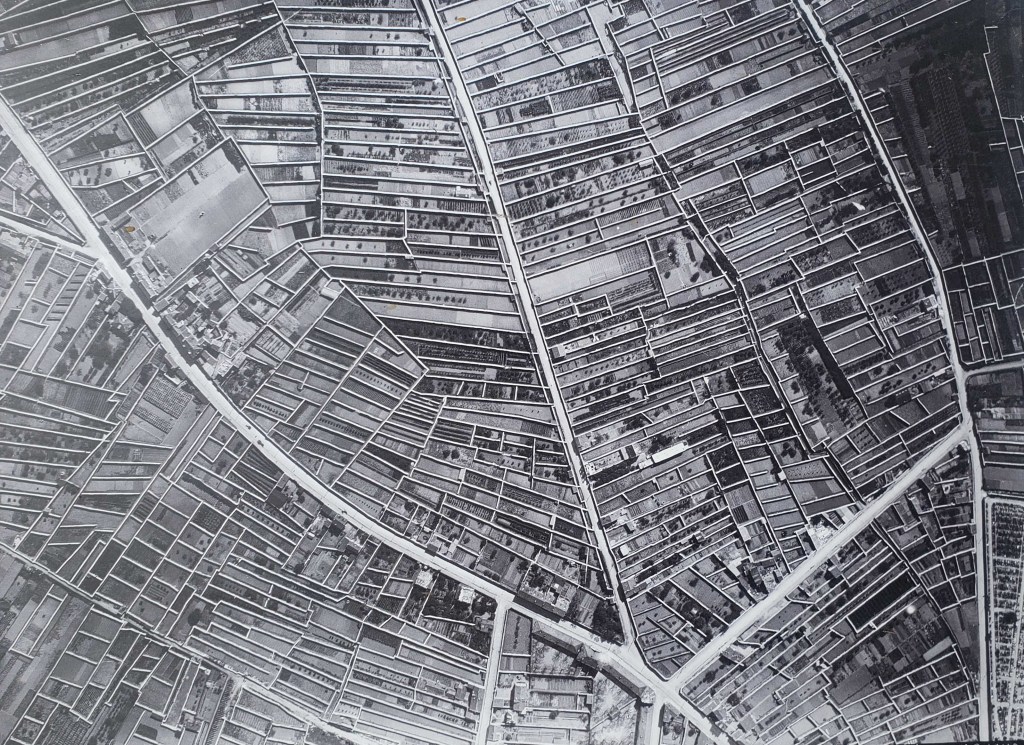
The town itself became a bit of a tourist attraction, as people came to see where the famous Montreuils came from

Alas, the Murs à Pêches declined as the railways of France advanced. It was simply quicker, earlier – and more reliable – to ship carriages-full of peaches direct from the south. The town began to decline and the walls began to crumble. People found work in the factories that started to replace the gardens and the Murs à Pêches disappeared under brambles, scrap yards, garages and goods-depots.

By the late 20th century even the people of Montreuil had forgotten why their town was filled with crumbling walls.

In 1991, environmental activist and ex-quantity surveyor Pascal Mage had just moved to Montreuil and was introduced to the town’s fruity heritage.

In 1994, he and Jeanne Studer formed the Association Murs à Pêches with a several-fold purpose – to save the town from Paris-creep urbanisation, to discover the history behind these strange walls, to begin to strip away the brambles, and ultimately to start using the plots once more.

The association acquired 600m2 and multiple projects began – mainly allotments, but also arts initiatives and alternative uses. Plots were cleared and the walls gradually reinstated – the gypsum in the rock can be reused by collecting it and refiring it into useable plaster – but it’s a long, never-ending job, basically the Forth Bridge of Paris.

Sadly Montreuil, with its very convenient RER station, capable of whisking commuters into central Paris in a disturbingly short time, had a great big developers’ target painted all over it. In 2011 La Fédération des Murs à Pêches was created to oppose development and bring together a disparate group of businesses, arts associations, collectives and, later, individuals.

Things came to a head in 2015 when a development proposal by the Bouygues multinational threatened to bulldoze much of the Peach Walls site.
If there is one thing the French are world-famous for, it’s protest. In 2018 even people who had not completely been on board before joined a massive demonstration. Angry locals marched through the streets, determined to save their peach walls, however overgrown they might be.
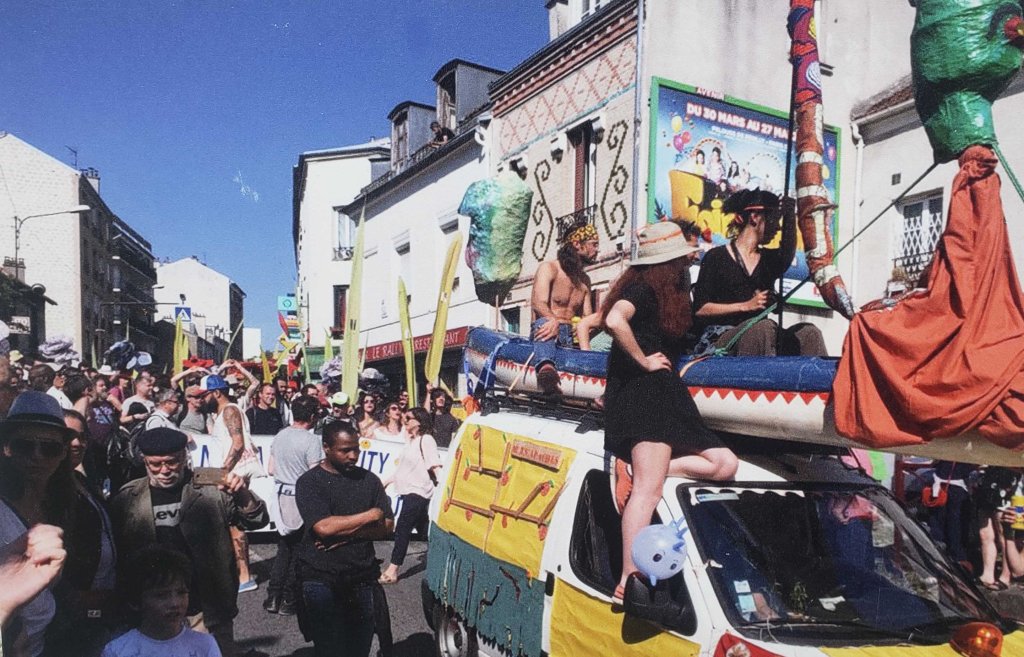
The threat lessened, but developers play the long game and the murs will always need careful watching. Happily the people who love Montreuil’s peach walls are more than happy to stand guard.
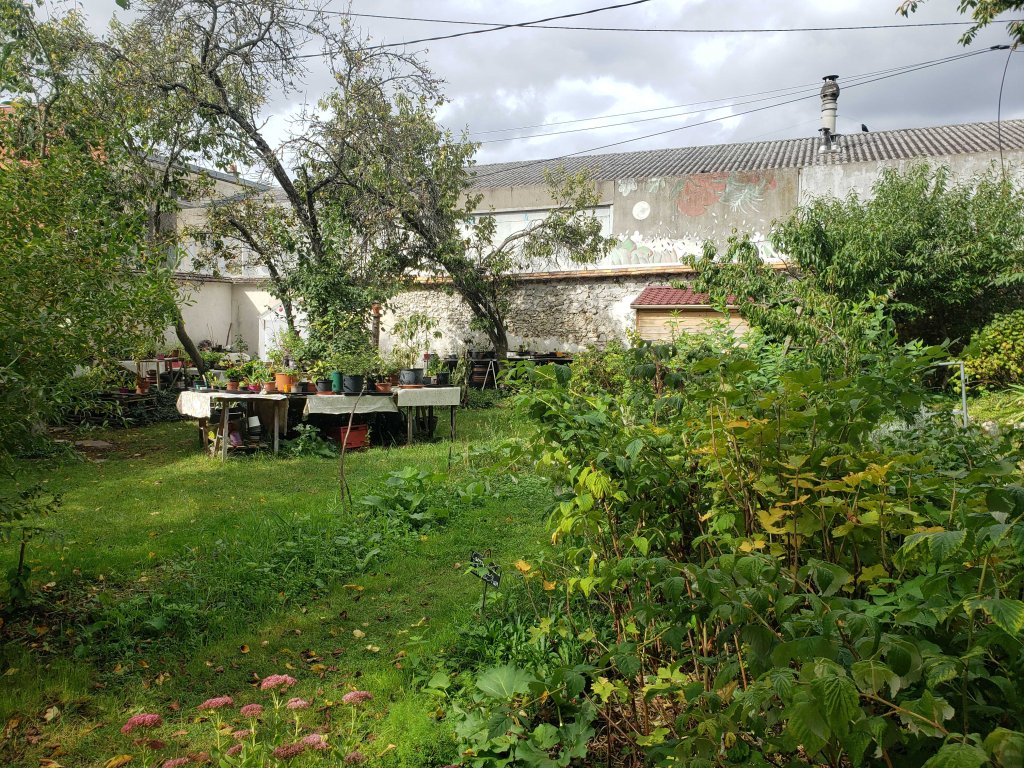
They enjoy support from the Town Hall, and have won multiple awards for their wide range of uses, both horticultural and otherwise, individual and community, not-for-profit and commercial.

Sixteen associations and collectives now work at the peach walls, including traditional horticulturists…

…rediscovering the old techniques, and reinstating the old varieties specially developed at Montreuil…
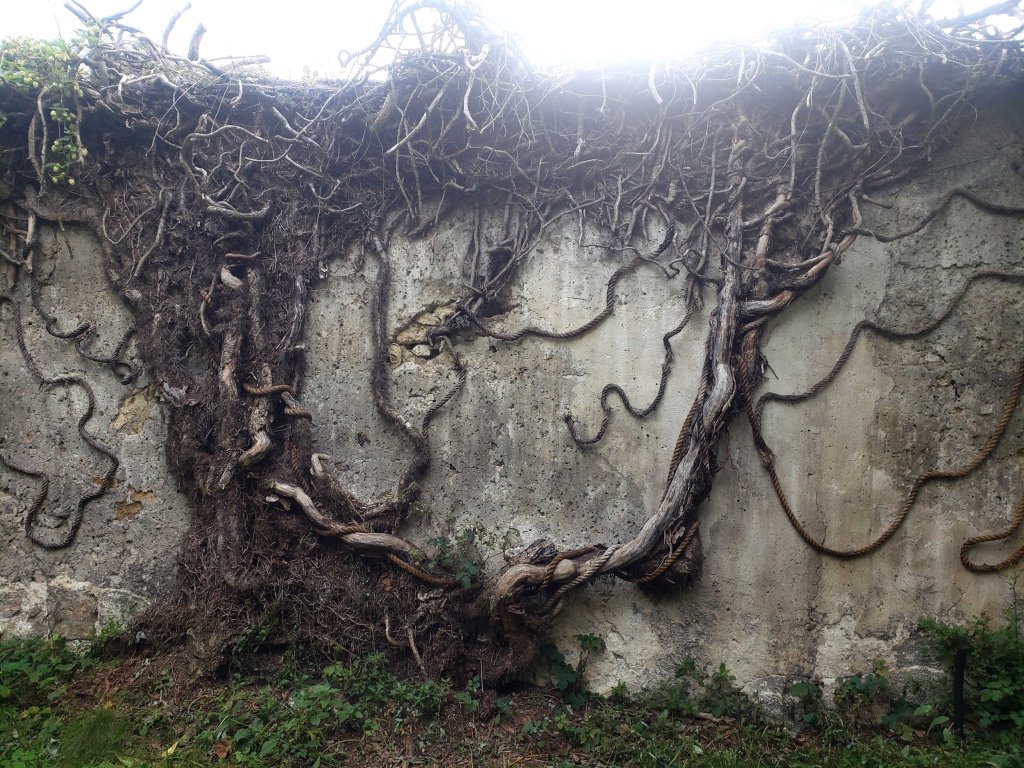
Image: Sandra Lawrence
…historians, collecting information and teaching a new generation about the Peach Walls…

…beekeepers…
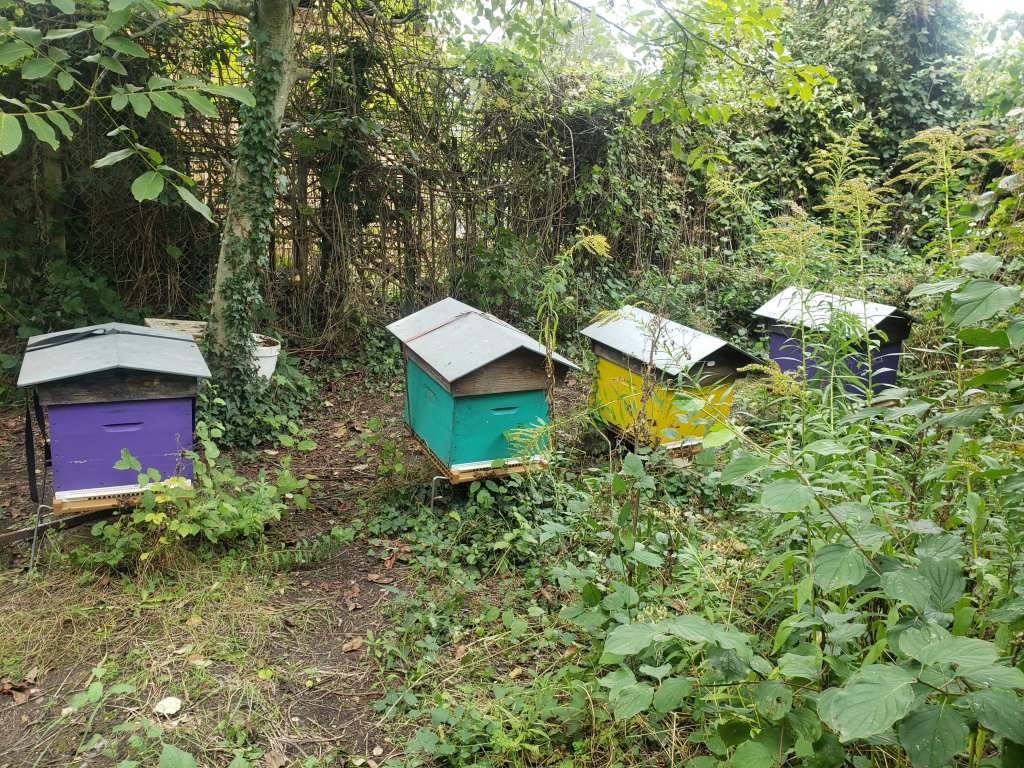
…medieval gardeners…

….artists…
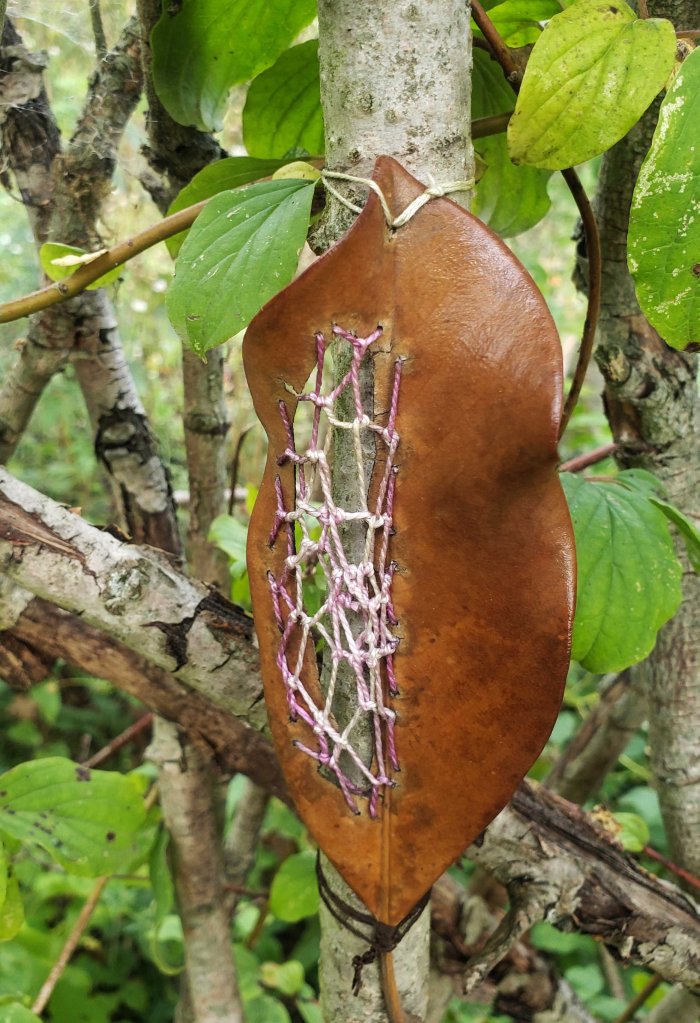
…theatre companies….

…cinephiles…

…natural dye growers…

…and musicians – a huge festival is held at the murs every spring.

There’s even Felix, the close-up magician:

Murs à Fleurs is a commercial project supplying flowers to Paris…

…and although the federation is hardly wealthy – they can always use donations – they never turn anyone away who wants to work with them.

Remembering those Bourgogne refugees, they often work with migrants, where skills can be exchanged and friendships made.

The Murs à Pêches covers a vast amount of land and there is still much more to bring back to life. French law allows the Town Hall to deputise care of public land to people who can prove they will use it for the community – and there are willing hands ready to start work.
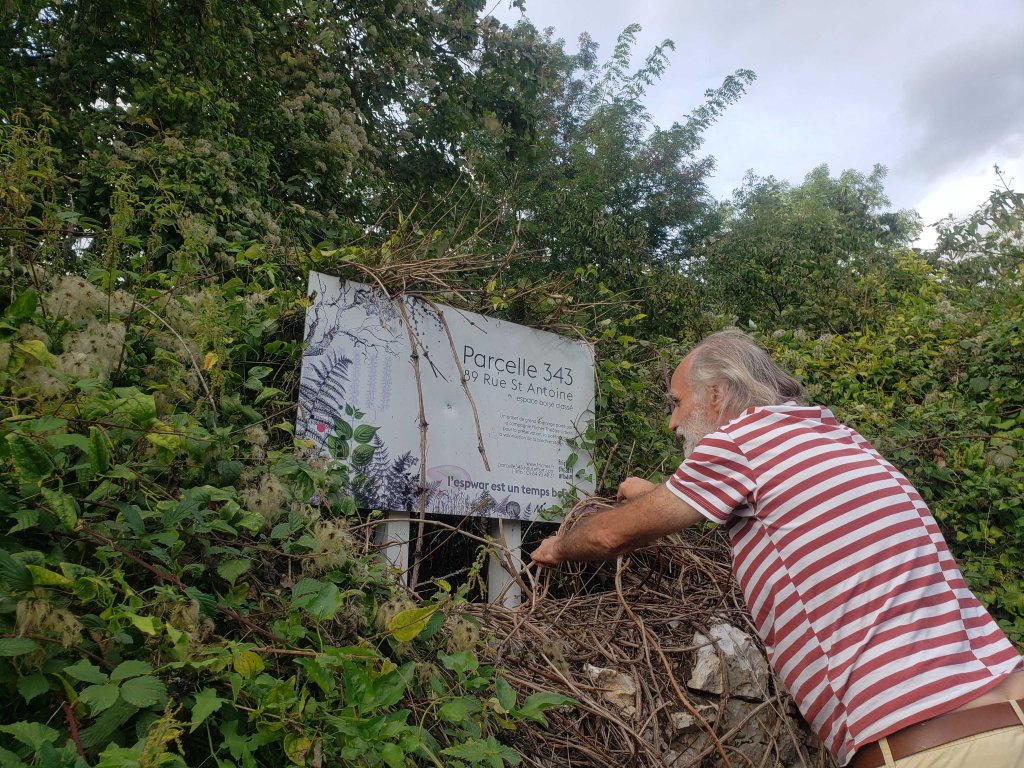
Murs à Pêches are open to the public every Sunday between 2.30-4.30pm. Entrance is free, but a donation is very much appreciated for this most unusual of Paris sightseeing trips. Be generous, eh… Take the RER to Montreuil, then follow the peaches painted on the ground.

My sincere thanks to Pascal, Samantha and the lovely group of volunteers who took so much time out of their day to show me their mysterious, magical. wilderness-wonderland – and to Steve Dempsey who first alerted me to it. Merci beaucoup à tous!

One Comment Add yours